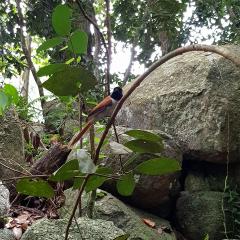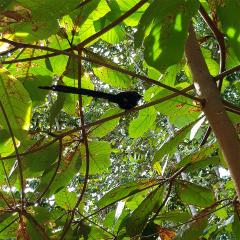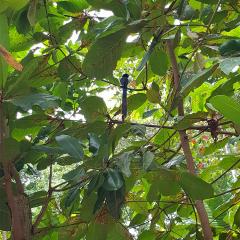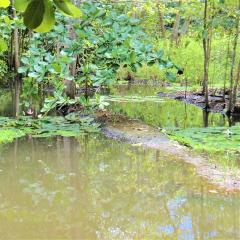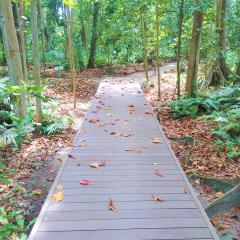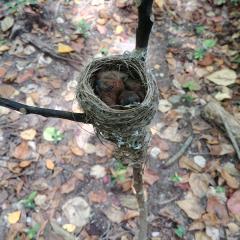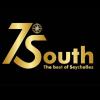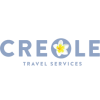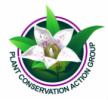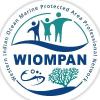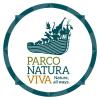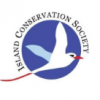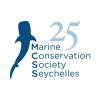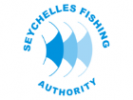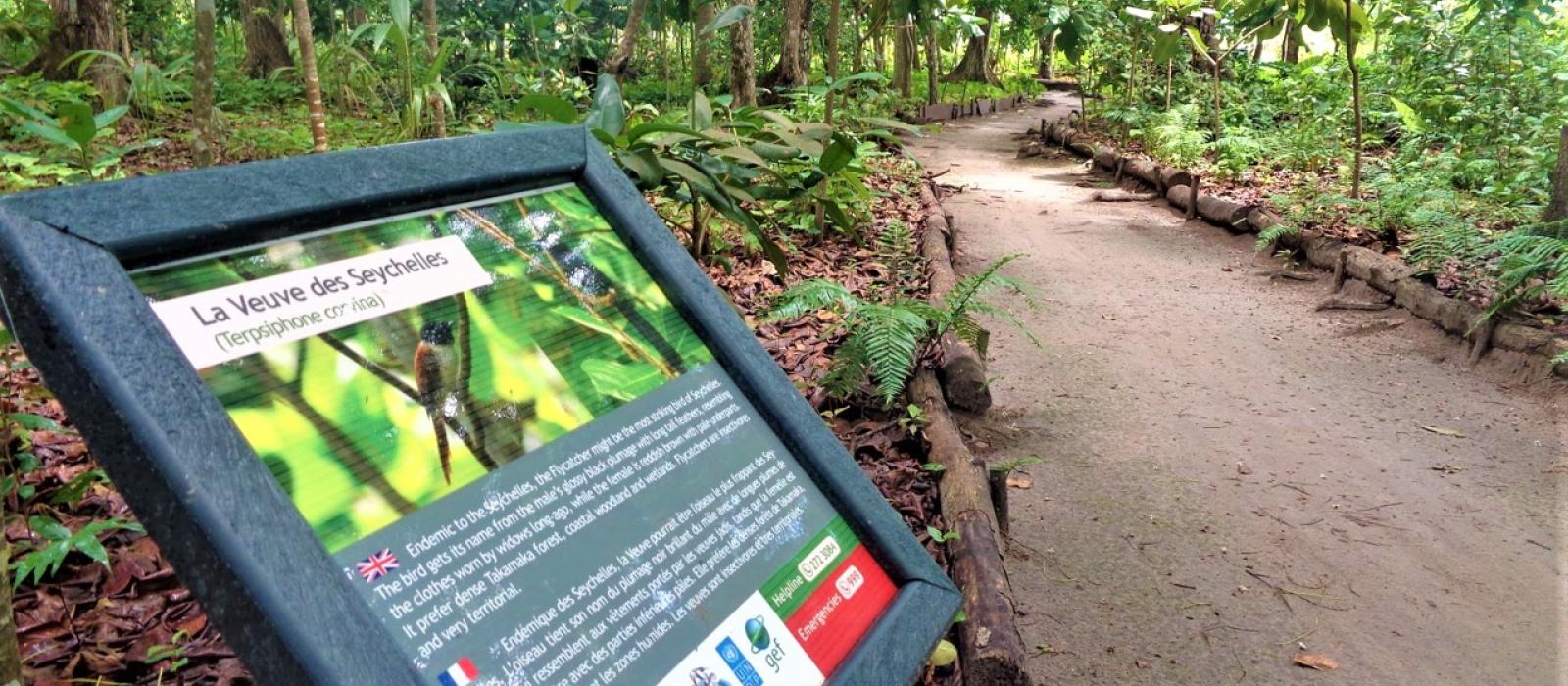
Veuve Special Reserve

Veuve Special Reserve
In the 1960’s, the rarity of the Seychelles Black Paradise Flycatcher was a cause for concern, so much so that in 1970, a local man, Abraham Niole, was employed to protect and monitor the birds and their nests, by the Royal Society for Nature Conservation (RSNC). In 1980-1981, Christopher Cadbury and Tony Beamish initiated a Reserve for the Veuve. The area of land, which currently makes up the Reserve, was leased by the Royal Society for Nature Conservation(RSNC) from Mrs. Rene Payet. The fenced Reserve was managed by the RSNC and the Seychelles National Parks and Nature Conservancy Commission.
The Reserve was officially opened in 1982, to be managed by the RSNC jointly with the Seychelles National Environment Commission, with one ranger. In 1989, the land on which the Reserve is located, was purchased by the Seychelles Government. In 1991, the Veuve Special Reserve was legally designated and regulations enacted under the management of the Conservation and National Parks Division of the Department of Environment. By 1992, the staff had increased to two park rangers and one field worker. A Peace Corps volunteer was recruited as an Assistant Park Officer. A modern office was leased for the staff and in 1993 an Information Centre was officially opened.
Located on La Digue, the Veuve Special Reserve forms part of a 200 hectare plateau, on the Western side of the island, and it covers 21 hectares. The Veuve Special Reserve is dedicated to the protection of wildlife habitats and plant species. It is committed to provide a breeding and feeding habitat for the rare endemic bird species, the Seychelles Black Paradise Flycatcher (Tersiphone corvina) population on La Digue. The Reserve is open to both local and international visitors, and holds a display, providing general information on both the Flycatchers and the Seychelles environment.
Working with a wide range of local and international partners, staff combine their skills in field programs, to protect habitats for numerous plants and animal species, many of which are endemic to Seychelles. The Reserve focuses on conservation, breeding and nesting habitats for the Paradise Flycatcher, which are fully protected and breed safely and successfully in the best wooded habitat of the Park. Staff are available to answer questions and provide guidance in locating the birds. The Reserve also offers numerous other animals and plant species, many of which are endemic to Seychelles and include the Seychelles Sunbird, the Seychelles Bulbul and the Seychelles Terrapins.
Conservation
The primary use of the Veuve Reserve is to provide a protected breeding and feeding habitat for the Seychelles Black Paradise Flycatcher. Badamier and Takamaka trees are the preferred tree species for nesting sites by the flycatchers. While the Reserve does not provide enough habitats to maintain a viable population of Flycatchers, the value of the Reserve as a remaining habitat for the birds is increasing due to the rapid removal of hardwood trees on the plateau of La Digue. In addition to suitable breeding habitats, the Flycatchers benefit from the abundance of insects in and around the Reserve. This is in part due to the nearby freshwater marsh, natural pond, and man-made ponds which provide breeding grounds for many insects.
Tourism
Approximately 1,000 international visitors come to the La Digue Veuve Reserve each year, to follow the nature trail and watch the birds, as well as experience what the low-lying forest of Seychelles offers. A large number of those visitors come specifically to see the Seychelles Black Paradise Flycatcher. The Reserve also provides recreational opportunities for the local communities.
Education
Another important use of the Reserve is its value in promoting the awareness, in the local population of the importance of protecting the Seychelles' natural environment and the Seychelles Flycatcher. The Reserve provides a place for teachers and Reserve staff to conduct educational activities aimed at the local school children and to teach them about the natural processes that occurs in nature. The Reserve is located beside the only school on the island. Conservation and Education Programs are presented by rangers and teachers to students.
Research and Monitoring
The Special Reserve provides an important potential area for research, which could be compared to other woodland areas on the plateau where flycatchers breed, to determine habitat quality factors.
Browse our Veuve Special Reserve leaflet for more information.
